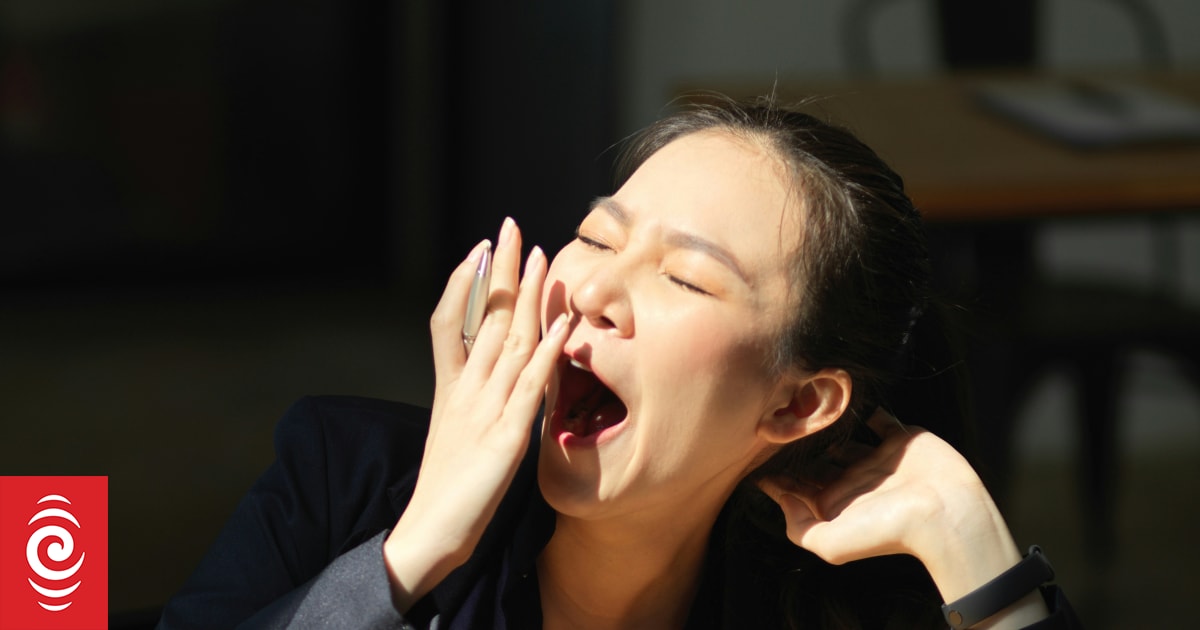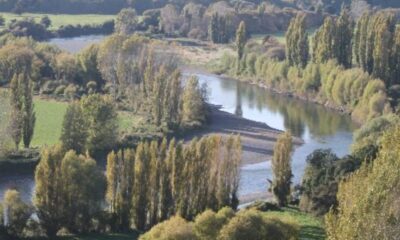World
Understanding Hypnic Jerks: Causes and Impacts on Sleep

Experiencing a sudden jolt that wakes you from sleep is a common phenomenon known as a hypnic jerk. This involuntary muscle spasm often occurs as individuals transition from wakefulness to sleep, affecting approximately 70 percent of people at some point in their lives. While many may find this occurrence unsettling, it is generally not a cause for concern.
Hypnic jerks can manifest as a strong twitch of the arms or legs, sometimes accompanied by the sensation of falling or tripping. These spasms typically occur on one side of the body and are painless for most, although some individuals might experience a tingling or painful sensation. The exact causes of hypnic jerks remain unclear, but sleep researchers have proposed several theories.
What Triggers Hypnic Jerks?
As the body relaxes during the transition into sleep, the nervous system begins to wind down. In some cases, the brain misinterprets this relaxation as a signal that the person is falling, leading to a sudden response that results in a hypnic jerk. This reflexive action is the body’s way of regaining balance and preventing a fall.
While hypnic jerks are typically benign, frequent occurrences can lead to anxiety about sleep, potentially resulting in insomnia. Certain medical conditions, like Parkinson’s disease, have been associated with increased frequency of hypnic jerks. A 2016 study suggested that these jerks could be early indicators of Parkinson’s, although they usually appear alongside other symptoms such as movement changes or REM sleep behaviour disorder.
Certain medications can also influence the occurrence of hypnic jerks. Antidepressants, particularly selective serotonin reuptake inhibitors (SSRIs) like escitalopram, sertraline, and fluoxetine, have been reported to cause these sleep disturbances in some individuals. Although these effects are considered rare, they can be distressing. If hypnic jerks are a concern, particularly for those on such medications, consulting a healthcare provider is advisable.
Lifestyle Factors and Sleep Hygiene
Certain lifestyle choices may increase the likelihood of experiencing hypnic jerks. Factors such as excessive caffeine intake, high levels of stress, and irregular sleep patterns can contribute to the frequency of these occurrences. Maintaining good sleep hygiene can help mitigate these factors, regardless of whether one is concerned about hypnic jerks.
Yaqoot Fatima, a Professor of Sleep Health at the University of the Sunshine Coast, emphasizes the importance of understanding these phenomena for better sleep management. Alongside her, Alexandra Metse, a Senior Lecturer in Psychology at the same institution, and Daniel Sullivan, a Lecturer in Clinical Psychology at Griffith University, continue to explore sleep health and its various components.
In conclusion, while hypnic jerks can be startling, they are typically harmless and affect a significant portion of the population. Understanding their causes and maintaining healthy sleep habits can help individuals manage these occurrences and improve overall sleep quality.
-

 World3 months ago
World3 months agoTest Your Knowledge: Take the Herald’s Afternoon Quiz Today
-

 Sports3 months ago
Sports3 months agoPM Faces Backlash from Fans During Netball Trophy Ceremony
-

 Lifestyle3 months ago
Lifestyle3 months agoDunedin Designers Win Top Award at Hokonui Fashion Event
-

 Sports3 months ago
Sports3 months agoLiam Lawson Launches New Era for Racing Bulls with Strong Start
-

 Lifestyle3 months ago
Lifestyle3 months agoDisney Fan Reveals Dress Code Tips for Park Visitors
-

 World4 months ago
World4 months agoCoalition Forms to Preserve Māori Wards in Hawke’s Bay
-

 Health3 months ago
Health3 months agoWalking Faster Offers Major Health Benefits for Older Adults
-

 Politics3 months ago
Politics3 months agoScots Rally with Humor and Music to Protest Trump’s Visit
-

 Top Stories4 months ago
Top Stories4 months agoUK and India Finalize Trade Deal to Boost Economic Ties
-

 Entertainment3 months ago
Entertainment3 months agoExperience the Excitement of ‘Chief of War’ in Oʻahu
-

 World4 months ago
World4 months agoHuntly Begins Water Pipe Flushing to Resolve Brown Water Issue
-

 Science4 months ago
Science4 months agoNew Interactive Map Reveals Wairarapa Valley’s Geological Secrets









